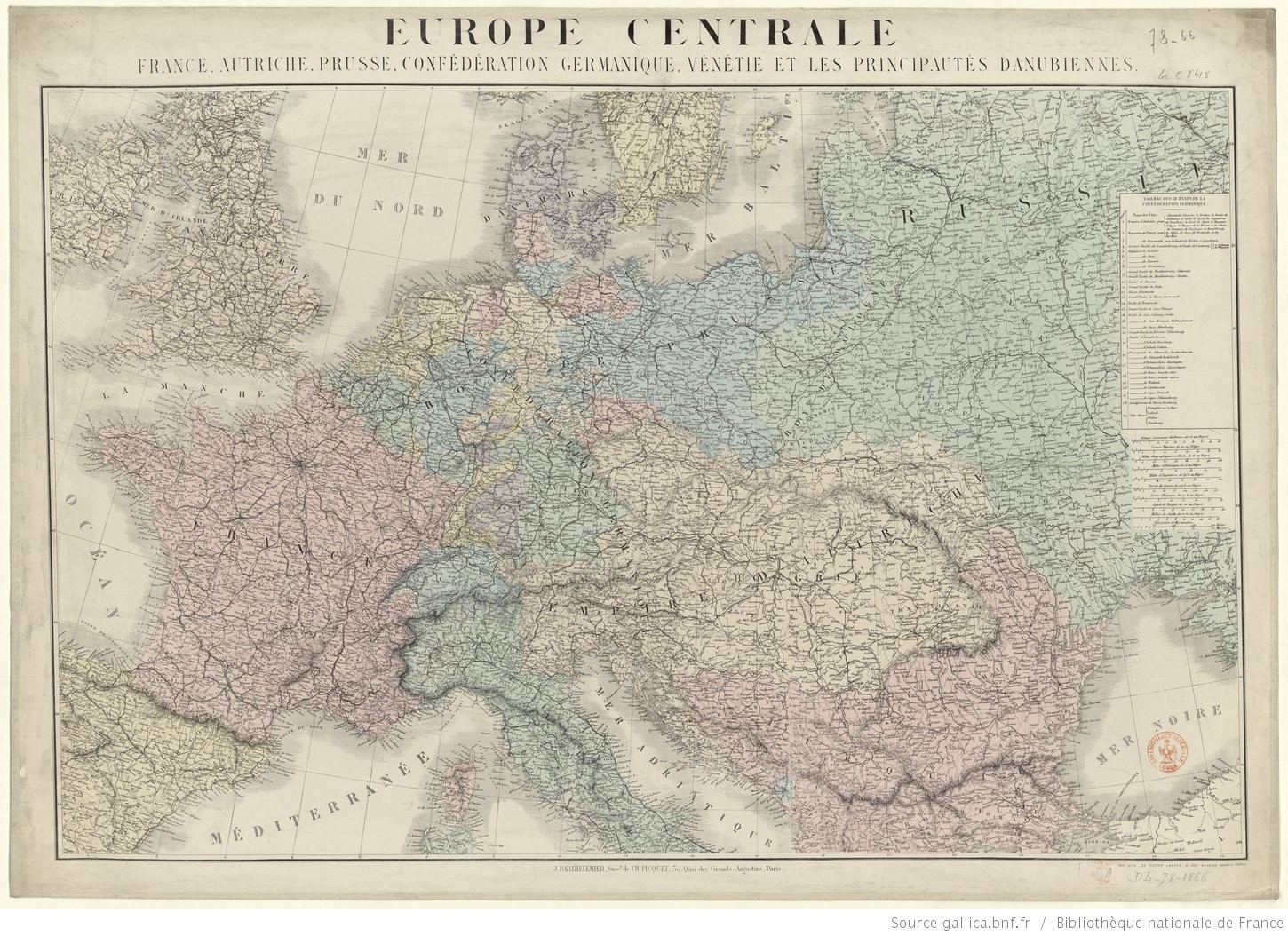Working on Parliamentary Papers
This blog post can be seen as a follow up to Alastair Dunning’s recent entry on Parliamentary Papers
He mentioned an ongoing collection of information on the availability of Parliamentary Papers online. In this post I’d like to expand a bit on our first results especially focusing on Central Europe.
If we have a look at the first results, one feature is particular striking: diversity. Diversity in terms of the various parliament’s historical development, in terms of their structure but also in terms of the online availability of European parliamentary papers.
History
In Central Europe, 1848 was a pivotal year for our topic, because the numerous uprisings in this year led to the introduction of constitutions in many states that had not had a written formal document in place yet, as for example in the Habsburg Empire (March Constitution 1849) or Prussia (Constitution of 1850).
Of course, in many states older constitutional traditions can be found. One example is Bavaria where the first constitution was introduced during Napoleonic times. Another the Polish-Lithuanian Commonwealth that was organized as a republic, governed by cardinal laws dating back to the late middle ages.
To be sure, these parliaments were far from democratic parliaments as we understand them today. But nevertheless, the introduction of constitutions was a first step to limit the powers of monarchs, who were (at least on paper) reigning absolute. If we take a closer look at a contemporary map, like the one below, we see that Central Europe was on the hand rather fragmented – a unified Germany took another twenty odd years to come into existence – and on the other hand assembled within greater entities – the regions under the sway of the Habsburgs and Romanovs.

The map changed quite drastically, as it is well known after the Great War, but it is important to note, that the successor states of Austria-Hungary did not start from scratch. Hungary for example had a long parliamentary history traditionally dated back to the issue of the Bulla Aurea in medieval times. For other territories organized within the Holy Roman Empire, the so-called Landstände - meetings of the political representatives of the estates of the realm – fulfilled that function.
So what does that mean for our work? In order to have a complete picture, we have to take historical developments into account.
Structures
But this leads us to another important subject. As different traditions influenced the structures of national parliaments we know today, a focus on national level does not suffice to understand the development of European parliamentary systems. Empires might have split up, larger states might have dissolved and smaller states might have been incorporated into larger entities. Thus, regional levels should be covered as well. Otherwise we would miss the bigger picture.
And then there is also question of the parliament’s internal structures as for example not all parliaments are organized in two chambers.
Going Digital
Just as in historical development and parliamentary structures there is also great diversity in the way digitized parliamentary papers are presented online. Most parliamentary libraries operate their own portals to access their digitized material. Although most operate at a national level, some few have joined forces and operate multi-national portals as for example The Joint Czech and Slovak Digital Library.
Their portal is well-made and easy to use. The offered materials are OCRed, hence full text searchable, and downloadable as PDF. However, material on today’s Slovakia is only available from the formation of Czechoslovakia in 1918, because it was part of Hungary before. This could be a potential advantage of pan-European resource for parliamentary papers.
